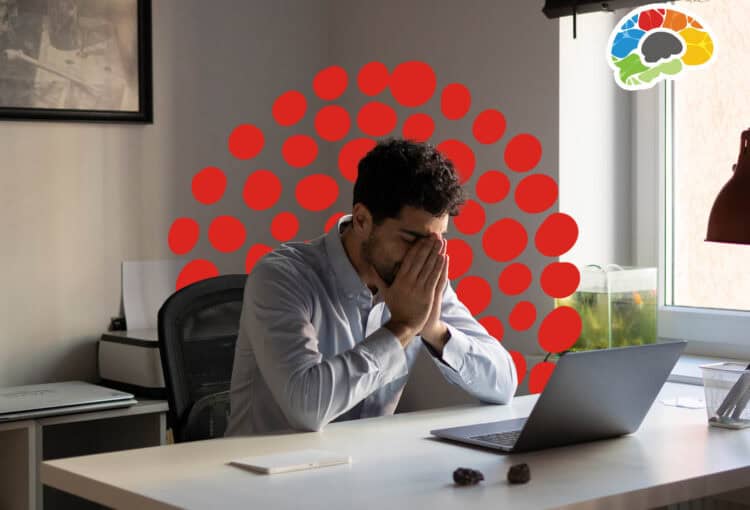This past year has been monumental in changing how things are handled in the workplace. From flexible office hours to hybrid meetings, life as we knew it has changed on a dime. While many of these changes have been beneficial, you may not be aware of some side effects. As everyone has had to migrate to virtual meetings to keep in contact, it has become apparent that “Zoom fatigue” is a natural side effect that most people don’t know how to address.
What is Zoom Fatigue?
Zoom fatigue is a way to refer to the feeling of exhaustion people experience after participating in too many Zoom or virtual calls. While there is nothing wrong with meeting virtually, subliminal settings lead to exhaustion when left unaddressed. We are going to address Zoom specifically in this post – nothing wrong with zoom. It is a great tool, but the setup in this and other virtual meeting spaces can lead to problems.

Seeing Yourself in Real-Time
As most people know, Zoom calls feature a square showing how you appear on camera. While this is helpful to make sure that your placement and lighting are correct, it can also add unneeded stress. Seeing yourself and being conscious about appearances on-screen adds unnatural stress. Unfortunately, most people are more critical of themselves when they see a reflection of themselves. Because of this, try turning your camera view off after you’ve made sure you are positioned well. You can do this by pressing the “hide self-view” button.
Reduced Mobility
When people have conversations, either on the phone or in person, they can move around. On the other hand, when people are in a Zoom call, they are stuck in their camera’s field of view. Whether that is your cubicle at work or your living room at home, usually, people are confined to whichever area they are in when they join the call.
While this can help ensure that people are always in view, it also means that they are not performing as best they can cognitively. To keep your brain flowing, try turning your camera off periodically. Doing so allows you to take a break and get up and stretch without disrupting the meeting.

Increased Cognitive Load
One of the main differences between virtual meetings and face-to-face meetings is how you communicate with others. During a face-to-face meeting, it’s common for people to agree with statements verbally. When it comes to virtual meetings, things have changed. For the most part, people have stopped verbally agreeing during presentations because they don’t want their mic to pick up a sound and shift the camera to them. This results in people changing how they communicate with others during virtual meetings. It is common for people to agree by showing a thumbs up or nodding their head.
While this is not a bad thing, it is an added cognitive load that people have to deal with during video chats. Not only do people have to keep track of what is being said, but they also have to make sure that their body is portraying how they are feeling. An excellent way to give yourself a break from this is by getting in the habit of having “audio-only” meetings or breaks. An audio-only meeting allows you to take a much-needed pause to focus only on communicating verbally with others.
Overall, there are many advantages to using virtual meetings in the workplace; the important thing is to make sure that you make sure you are keeping your mental health and energy a priority! One way to do this is with the Bigger Brains Leading Engaging Zoom Meetings course!




